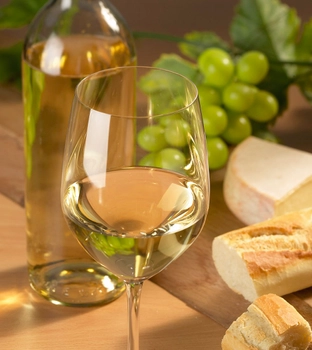When it comes to white wine, the variety is truly the spice of life. Understanding the differences in white wines can enhance your tasting experience and help you choose the perfect bottle for any occasion. Let’s break it down into simple terms.
First, we have **varietals**, which refer to the specific type of grape used to make the wine. Each varietal brings its own unique characteristics and flavors. For instance, Chardonnay is known for its rich and buttery profile, often with notes of apple or tropical fruit, while Sauvignon Blanc tends to be crisper and more refreshing, with zesty citrus and grassy undertones.
Now, let’s talk about **white wine flavor profiles**. These profiles can range from sweet to dry and everything in between. A sweet white wine like Riesling might remind you of honey or peach syrup, making it a delightful choice for dessert pairings. On the other hand, a dry white like Pinot Grigio typically has lighter flavors such as pear or green apple with a clean finish—perfect for seafood or light salads.
By understanding these differences in varietals and flavor profiles, you can confidently select a white wine that not only complements your meal but also suits your personal taste preferences. So next time you’re browsing through a wine list or at your local shop, remember these distinctions; they’ll guide you toward an enjoyable experience every time!
